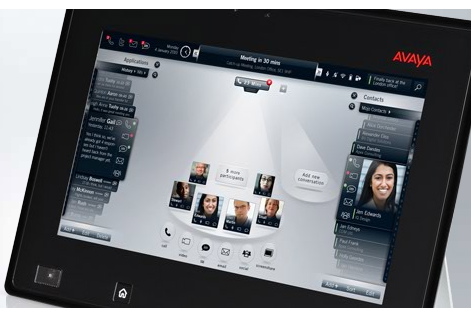The independent Scottish Councillor, David Chisholm doubts that there are any financial gains for the Council taxpayer. His typical experience is that it replaces frequent trips to 2 other remote offices as chair of the Ross, Skye and Lochaber area planning committee in Scotland.
His argument:
- It stops the carpooling that councillors used to use when traveling on business
- Video sessions typically involve three different rooms at three different locations.
- Planners and other officials sometimes have to travel to the planning meeting.
- People need lunch in all three locations, you need staff at three locations to manage the video equipment.
Here’s our rebuttal:
- Total miles driven are less with video communications than with carpooling since councillors are driving to their local office. Two short drives are better than one long one.
- Number of rooms affects only the cost of capital. Most video conferencing rooms are used as conference rooms when a video session is not underway. This amortizes the room costs over a wider array of applications and increases room utilization. That’s why some implementations involve portable video equipment so that it may move from office to office, or room to room.
- Planners and officials can drive to any video communications-capable facility, not necessarily a designated room. Networks can enable an service including rooms-for-rent capability.
- Wouldn’t the people need housekeeping services and catering even if the session was in one room? This is a spurious argument.
- Actually, modern video conferencing systems are simpler and more robust if they’re associated with an always-on IP network. This means that in fact, you don’t need to have people at every location in support of the video gear.









